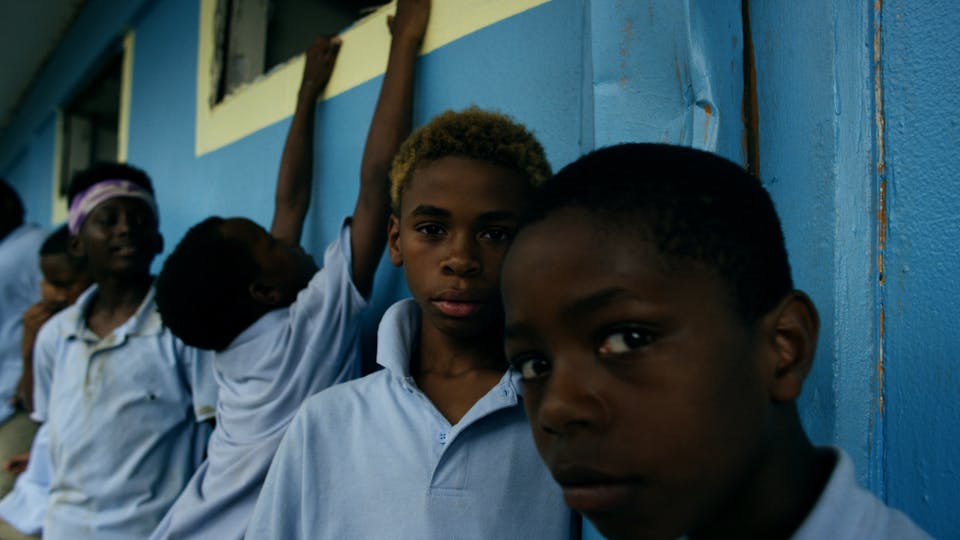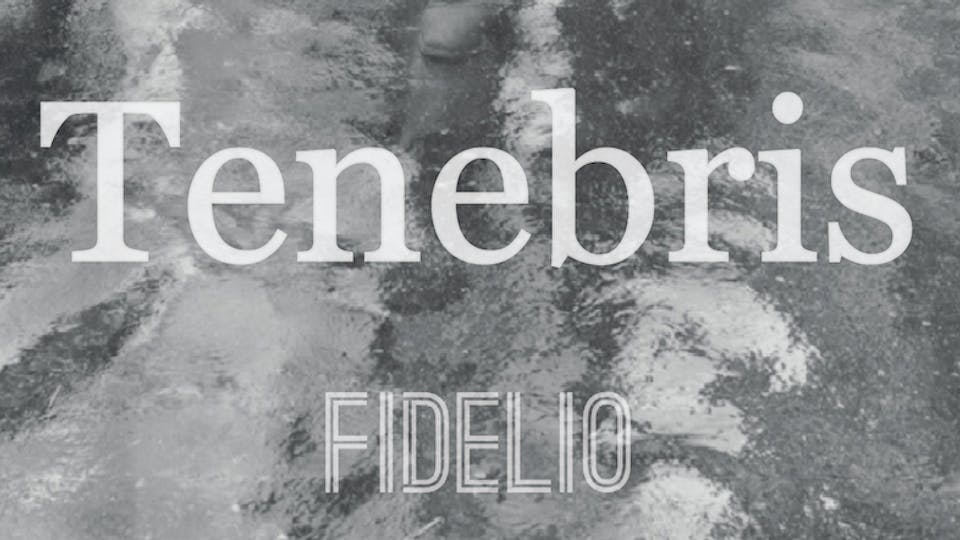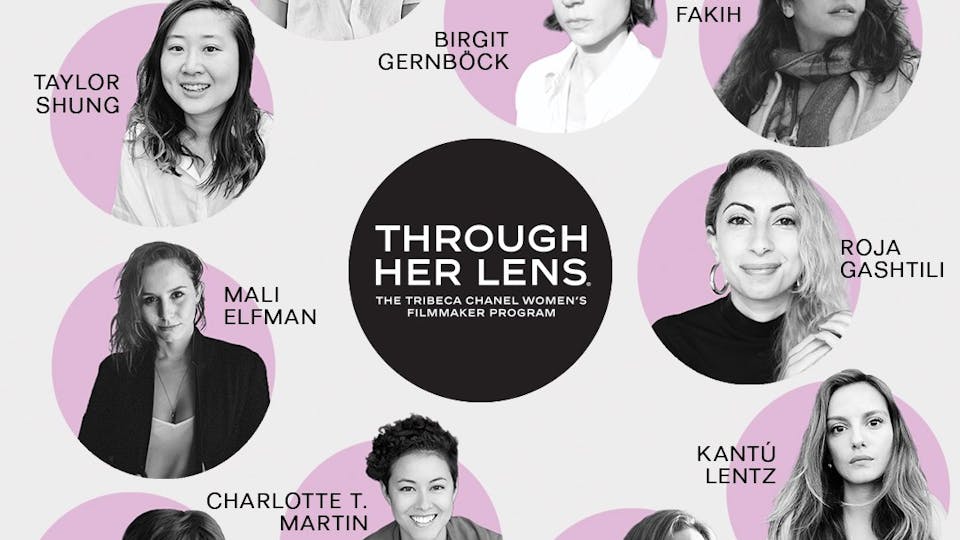Why Aren't There More DPs-Turned-Directors?
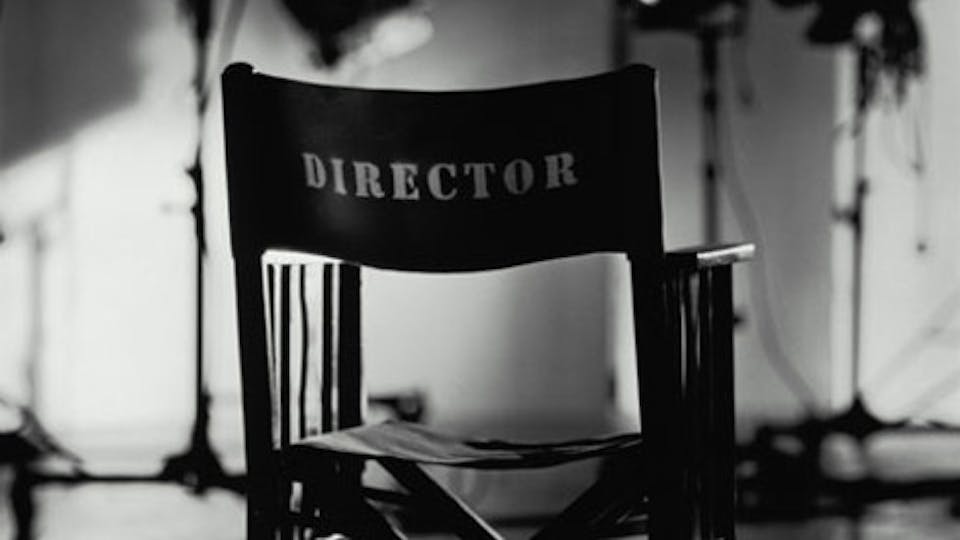
It’s a question that’s boggled my mind for some time, and maybe you too. Cinematographers are so ingrained in the fabric of the creative process of filmmaking—in many cases they will start on films in the preproduction stage—why aren’t more of them motivated (or given the opportunity) to direct?
Through the decades there have been the DP-turned-director shining beacons: Haskell Wexler (Medium Cool), Gordon Willis (Windows), Barry Sonnenfeld (Get Shorty and all the Men in Black films), Ernest Dickerson (Juice, The Wire, Treme). But there are so many more that haven’t taken the path (I always think what kind of film Roger Deakins would direct.). After spending a few days corresponding with a couple of cinematographers, and one cinematographer-turned-director, I quickly found this is a topic that brings out passionate opinions, revealing career paths and hopes for the future.
“I never wanted to be a DP,” Sean Price Williams wrote to me via e-mail, which immediately threw me back in my seat. If you’re a fan of independent film you’ve likely seen Williams’ naturalistic work as a cinematographer: Frownland, Beetle Queen Conquers Tokyo, Somebody Up There Likes Me. The fact that such a talent didn’t instantly find interest in a camera from birth is shocking. In fact, Williams says the initial draw came from the titillating images he observed when watching a Truffaut classic. “I fell in love with the beautiful actresses I was seeing in film. I saw and learned that making movies was a way to access pretty ladies.”
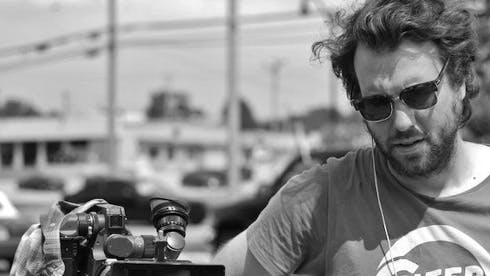
Though his entry to film was superficial (but let’s face it, he’s not the only one), what has kept him in is the joy he’s found in the camera department. However, if he had the choice he would be directing. “I get some pleasure from shooting, but so often I am heartbroken by decisions made after shooting that alter the films,” he writes. “I can be sort of a back-seat director. An ugly quality.”
Williams has directed a film, 2011’s Eyes Find Eyes. The project was born from an encounter with producer Paulo Branco (Cosmopolis) at the Cannes Film Festival where the two instantly bonded, according to Williams, over talks about “friendship, Portuguese girls and horses.” But that would be the only pleasant memory from the experience. The project fell off the rails quickly, no one was paid, and Williams doesn’t even have a copy of the film, though it sounds like it’s probably best he doesn’t. “When a French crew isn't getting their cigarettes and coffee injections, they are a pretty unpleasant group,” he says.
Since then Williams has taken his hunger to direct into his DP work. He highlights his time as an archivist for Albert Maysles for a few years as a defining moment in his career. “It taught me a method of directing through the camera in non-fiction that I try to adapt in my work sometimes. As long as it isn’t intrusive.” That striking method can be found in films he’s shot for Robert Greene (Kati With An I, Fake It So Real) and Alex Ross Perry (Impolex, The Color Wheel, the upcoming Listen Up Philip), to name a few.
But not all DPs have a frustrated director buried inside them. Bradford Young, like Williams, is an in-demand cinematographer who has brought a lush visual style to films like Ain’t Them Bodies Saints, Pariah and Entre Nos. However, he’s just fine with his current job title. “People assume cinematographers get bored of shooting and that directing seems like the next natural progression. I really never have had any interest in directing,” he told me a few weeks ago.
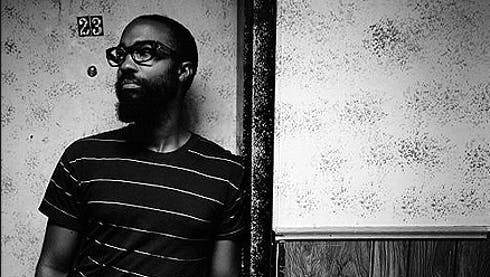
One reason, he says, is because he’s not finished figuring out his craft and has methods and techniques he still wants to implement. But when I brought up my theory that DPs don’t want to direct because they see first hand how challenging it can be to, he concurs. In fact, its a conversation he had recently with director Ava DuVernay for the film he’s shooting for her, Selma. “I see Ava on Selma just basically, outside of working with actors, doing the stuff in the background that I just don’t have the genetic psychological makeup to handle,” he admits. “Dealing with the studio or producers or bond company, I just don’t have it. Also with the job profile, working so closely with directors, I respect it and I know it isn’t just I’m going to go out here and sit in my director’s chair and make it look sexy. There’s also a lot of stuff that I’m just not privy to because directors that are great directors are going to protect me from it.”
Though it seems Young has made it clear in the industry he has no interest in directing, that doesn’t stop the offers. “I just got that recently, [someone asked] ‘do you want to direct?’ I’m like, the day this cinematography thing stops challenging me is the day I grow my hair long and head off and live on a farm.”
Now some just have that gift to move seamlessly into the directing role. Williams and Young both name Jody Lee Lipes—DP on films Afterschool, Tiny Furniture, Martha Marcy May Marlene and episodes of Girls—as the latest star in the new breed of DPs-turned-directors. His documentary, Ballet 422, played at this year’s Tribeca Film Festival. (And then there are the animals in the biz like Steven Soderbergh and Robert Rodriguez who shoot and direct their own projects… but that’s a whole different level of crazy.) “For Jody, cinematography was the gateway to grasping the discipline of directing,” Young says. “He has the ability to harness both. But some of us don’t have it. It’s not a negative, it’s just not in the DNA. And I feel I’m one of those people.”
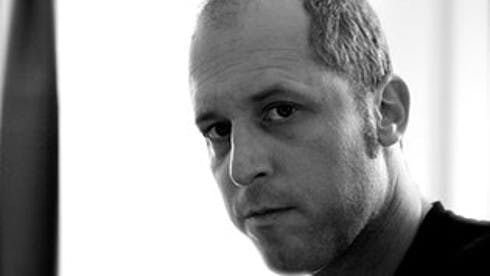
Russell Lee Fine has a bit of perspective on this challenging transition. A talented DP during the ’00s on films like O, The Grey Zone, Sherrybaby and HBO’s The Wire, he’s since moved over to directing episodic television like White Collar and Graceland. As Fine sees it, if you want to move from the “creative engagement” perch of being a cinematographer—“where you are executing the visuals in a visual medium, generally arrive at set later then most, have a full lunch break and go home when the day’s a wrap”—to the “24/7 job” of the director’s chair—“complex relationships with actors, constant discussions with studios, writers, producers, props, hair, wardrobe”—you have to WANT to be the leader. “I like being in charge and ultimately responsible and love being the central creative leader,” he writes to me in an email. But Fine warns the DP-turned-director, because of your previous trade you’ll be ridiculed more for the visual look of your film than most.
In a few weeks John R. Leonetti (who has shot close to 40 films) will be out with his latest directing effort, the horror Annabelle (you may have seen the creepy trailer). But for every release by a former cinematographer there are many more who are staying put. And it’s not the skill level or the connections, it’s the internal desire to take on the responsibilities of the set. And in some cases, it's about redemption.
Like Williams, who when I asked if he planned to direct again said, “I really hope to. I have something to prove.”
[Photos: (top to bottom) Sean Price Williams, Bradford Young, Russell Lee Fine]



